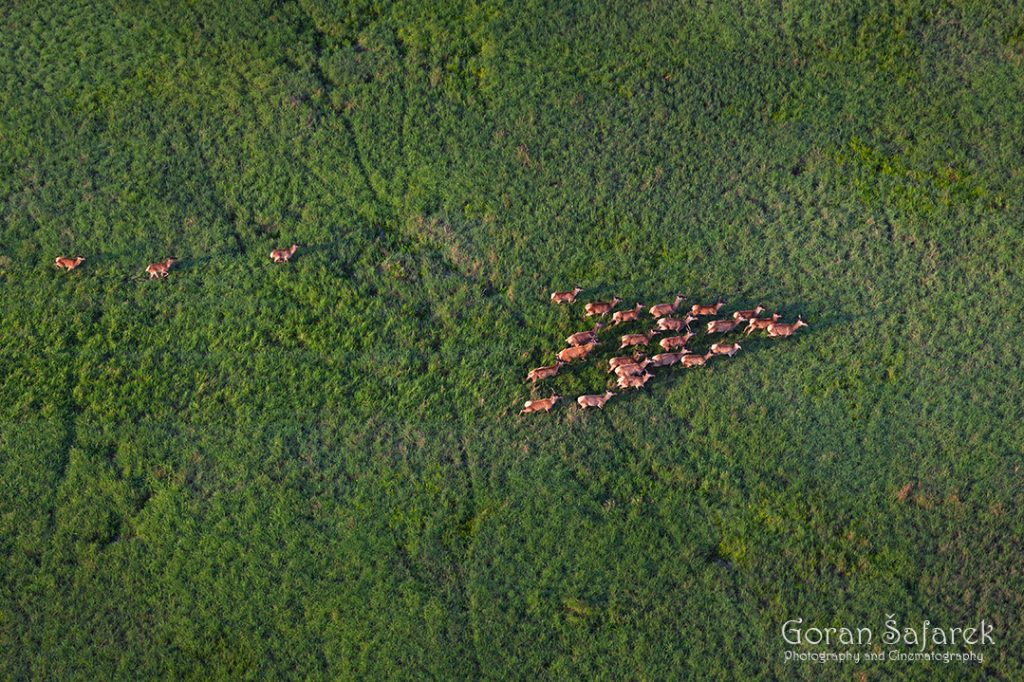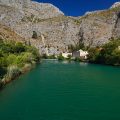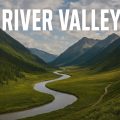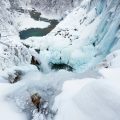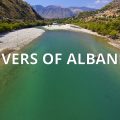Middle Danube – heart of the European wilderness
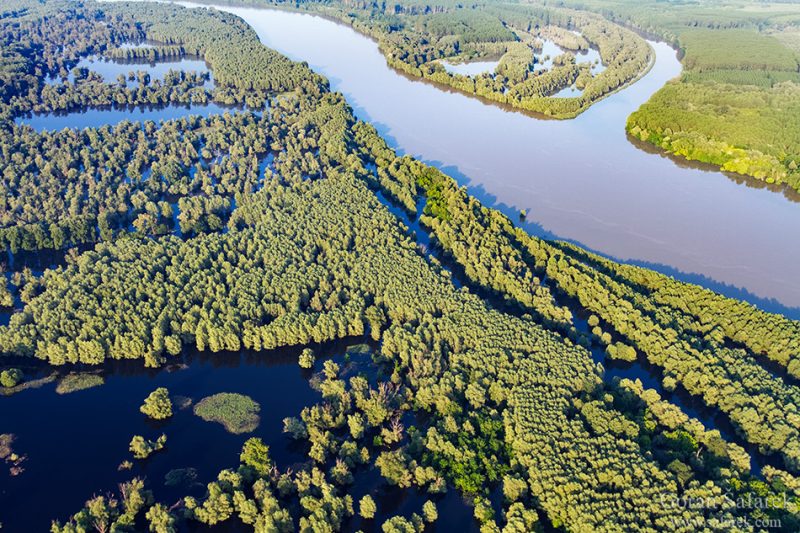
The Middle Danube, shared by Croatia, Hungary, and Serbia, is one of Europe’s last preserved river corridors, showcasing a wild, untouched nature and rich cultural history.
Various historic events saved natural floodplain from human encroachment. As a result, these rivers remained relatively free from regulations that choke most of the European rivers. World-famous wetland Kopački rit in Croatia and Danube-Drava National Park in Hungary are jewels in the crown of the European Amazon. White tailed-eagles, black storks, deers and other animals find home here. Regular floods keep reeds and flooded forest alive, a rare picture in the old continent.
WHERE IS MIDDLE DANUBE?
Middle Danube is located on a triangle of Hungary, Croatia and Serbia. It is heart of the European Amazon as UNESCO Biosphere Reserve Mura-Drava-Danube is called. Danube comes here from a long way in Central Europe, already 400 meters wide. Here it forms a wide floodplain of willow, poplar and oak forest, sandy river islands, side-branches and wetlands.
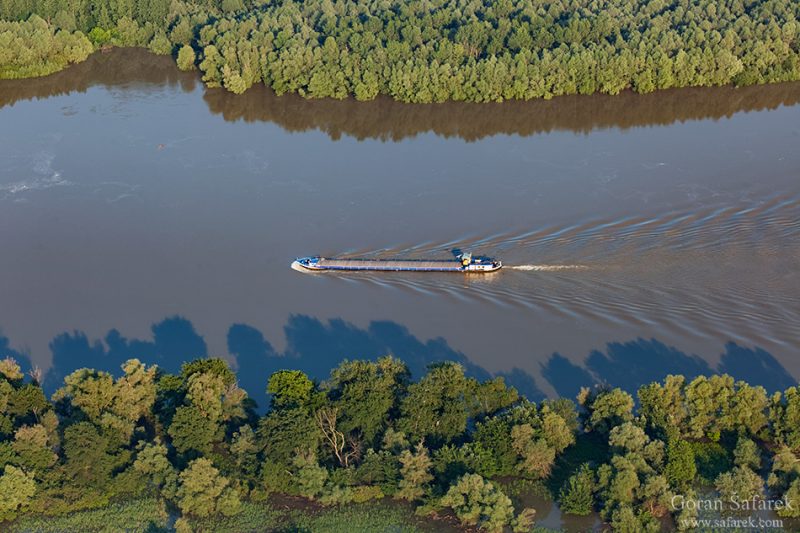
Drava is one of the largest tributaries of Danube, coming from the west. Most of its lower course forms a Croatian-Hungarian border. It has been preserved from intensive damming and regulation as well. Both rivers still abounds with oxbow lakes, old channels and still flowing side-branches. Both Danube and Drava are still full of sandy islands and point bars with its suite of wildlife. Steep eroded banks are also very important habitat for specialised birds. Sand martins dig nesting holes in soft bank. Bee-eaters and kingfishers nest in the similar way.
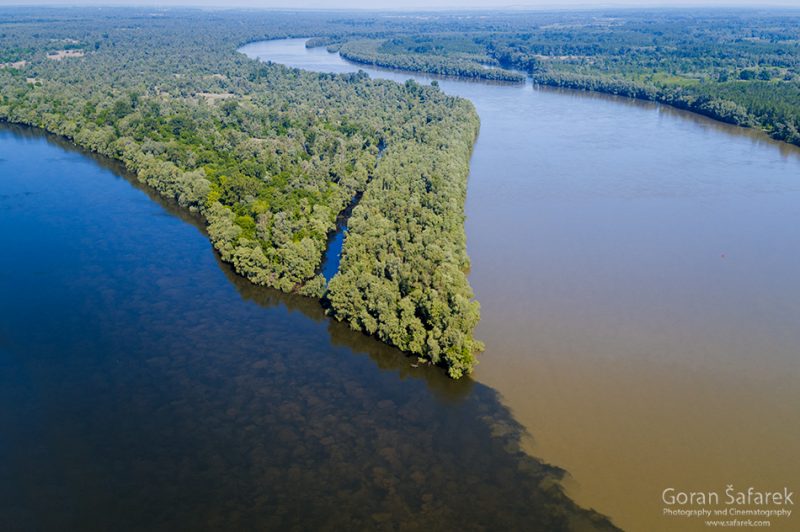
THREATS TO THE DANUBE
But these places are just last large remnants of the nature beside Danube. Old maps show much wider floodplain along the rivers.
Increasing population growth and need for agriculture lands have forced people to come closer to the river. Naturally, people claimed more and more land from wetland. Also, people inhabited flood-prone areas in the floodplain. Living close to the river, they suffered floods and erosion.
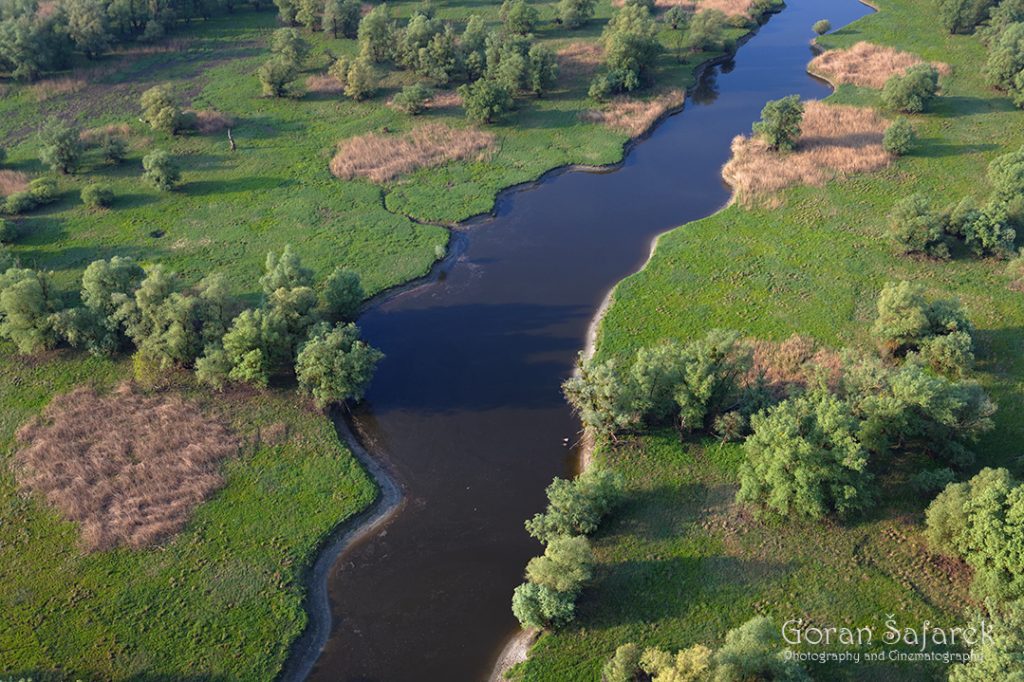
To protect themselves, people then started building dikes and restricting the floods. To stop the erosion, river was embanked by the stones. The navigation and upkeeping of inland waterways caused more regulation. River is partly transformed into a canal, river dynamics was disturbed. Connection with the floodplain is severed, wetlands dried. Floodplain is reduced, biodiversity diminished. Middle Danube is preserved, but even there only 30% of the original floodplain remains. People thought that they are safe from floods. But it turned out that sometimes it was a false safety.
NEW UNDERSTANDING OF THE RIVERS
The river system is very complex; it is not only water between two banks. Floods, meandering and erosion are not something negative. Just contrary, it is the very essence of the lowland river. Lowland river are meandering. At one point it erodes the bank, where the river current is the strongest. At the same time, on the other side, accumulate the sediment. It is slow process, but year after the year, it moves meter after meter. Effectively, the river cuts the bend and in the long run moves its course.
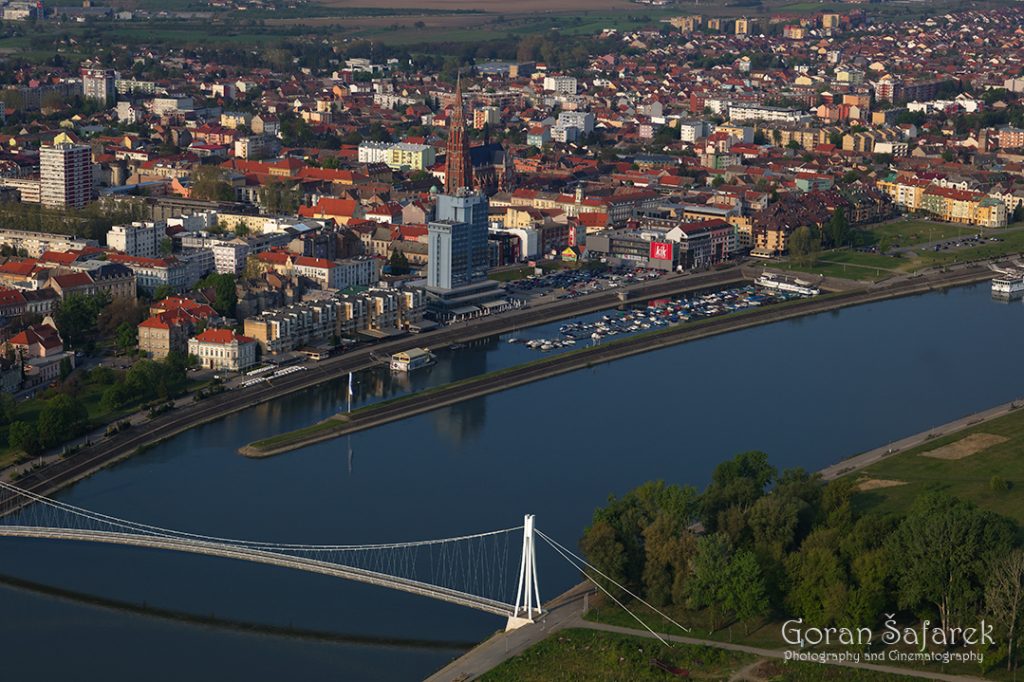
Scientists realized that the connectivity to the floodplain is of crucial importance for the functioning of the whole system. Floodplain consists of willow and poplar forest, wetlands, flooded meadows. Flooding was regarded harmful to the people, but it is natural life cycle of any river. Danube swells with the water in the spring and early summer after heavy rains. Here in European Amazon, free from stone embankments, Danube enters its floodplain. Water stream deep in the floodplain through channels called “dunavci” in Croatian or “fok” in Hungarian. Water fills oxbow lakes, old depressions, forests, grasslands and reeds.
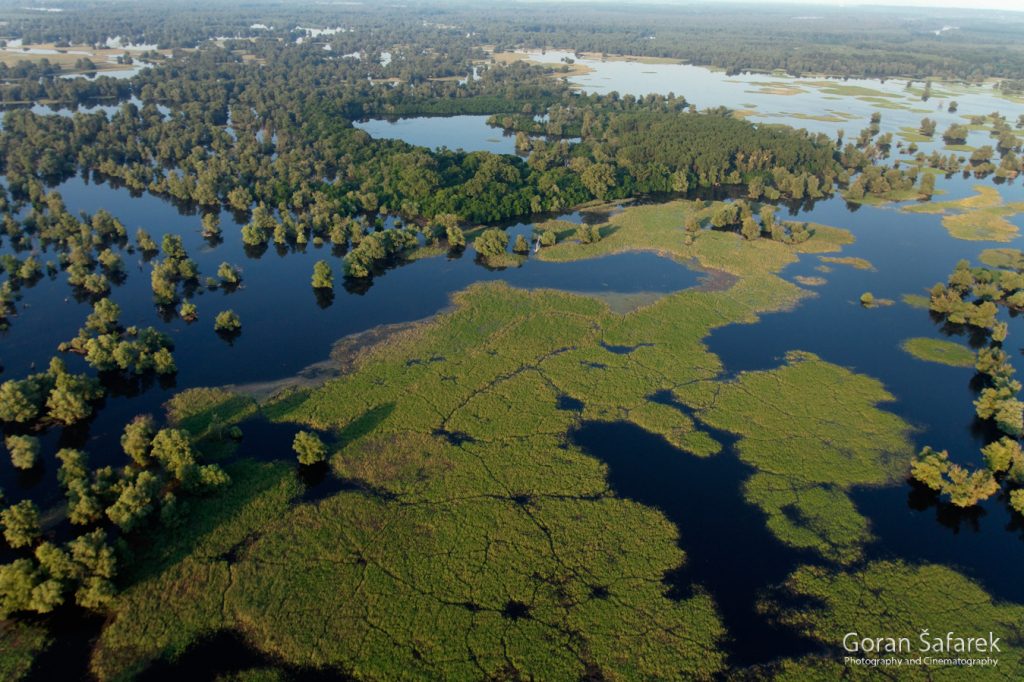
Drava has an ice water regime and comes later. Melting of snow and ice in Alps trigger seasonal flood. Water wave reach the plain, contributing the Danube even more to the flooding. Plant and animals are adapted to the long-term floods. Willows that predominate can survive for months in the water. Reeds and other water plants do equally well.
Water attracts numerous animals. White-tailed eagles, Black storks, otters, beavers are just tip of the iceberg of astonishing biodiversity. Abundance of food, nesting places, spawning places for fish and nurseries for young animals is a key ingredient of such great natural value in the middle of the cultivated European continent.
In the past, people adapted to the environment, to the seasonal cycles of low and high water. In Hungary, people tried to regulate the flood waves by opening and maintaining small canals “fok” that lead the water deeply to the wetlands of floodplain. These wetlands were important spawning places for fishes, so the fishery was the basis of the local economy. Fishermen from Hungary used various techniques and tools for trapping fish in foks.
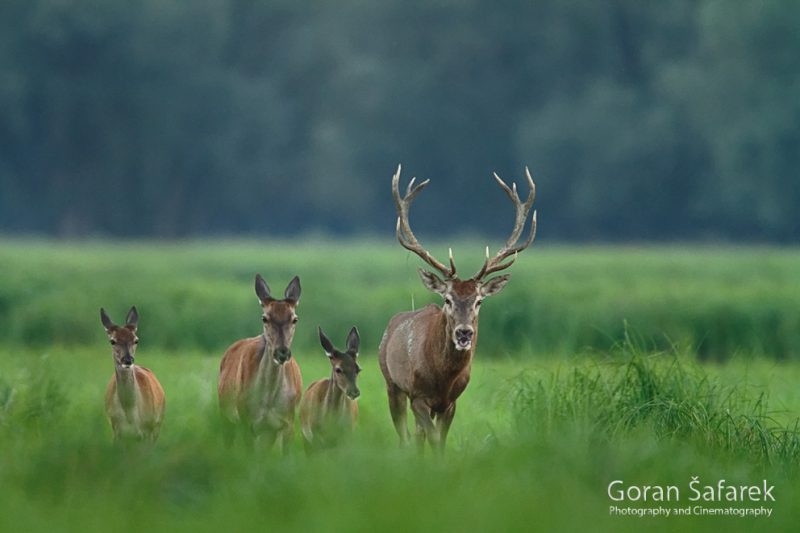
BENEFITS OF THE RIVERS & DAMAGES FROM REGULATION
Functional floodplain is the essence of healthy ecosystem, but also for hydrology. It is best natural flood defence. Wetlands can store incredible amounts of the water from Danube and Drava. That excess water might otherwise flood cities what happened repeatedly in the Central Europe where rivers are heavily regulated. River regulation on one side hinders small seasonal floods, but could produce catastrophic one.
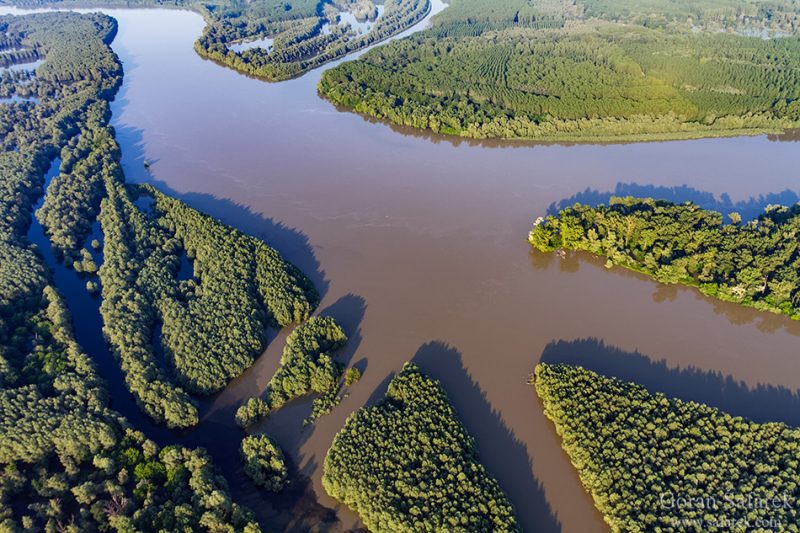
Embanked river has lost its connection to the flood plain and excess water accumulates only in the riverbed. After heavy rains upstream, the river might lose the capacity and is forced to spill, unfortunately sometimes in the settlements. Once, rivers fertilized the soils, but now people invest into artificial fertilizers that pollute soil, water and air.
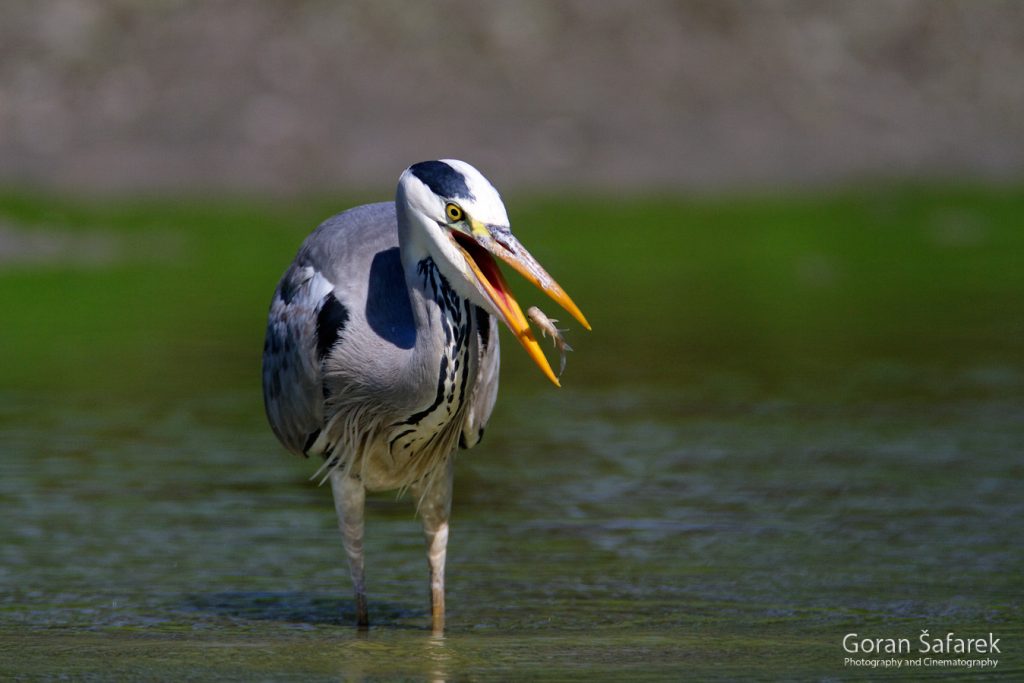
River regulation has other unwelcoming effects. Regulated river is cutting its bed, lowering its position. Once again, it loses connectivity with its floodplain and natural retention of high water. Even more dramatic, underground water column drops. Trees in the forest and crops then suffer from droughts. Floodplain forest and wetlands not only withstand long-term floods, but also are adapted to erosion. Willows and poplars grow remarkably fast, sometimes more than one meter in a single year. River has indeed eroded one bank, but depositing the sediment, it has created new habitat on the other that is restored in a decade!
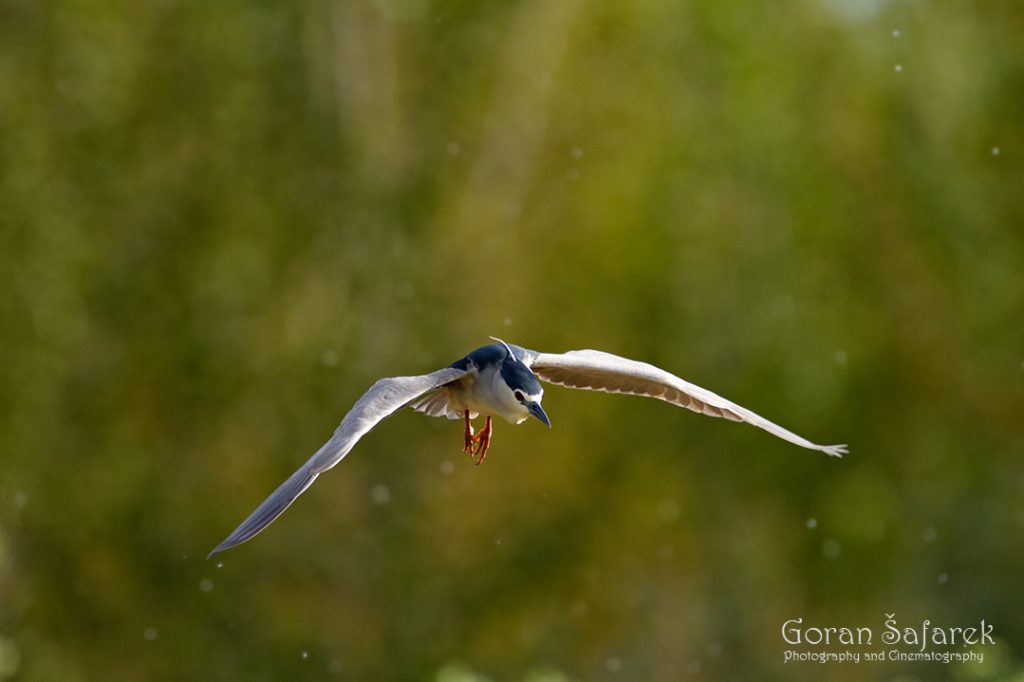
During floods, millions litters of water are in touch with wetland vegetation and soil. Plants and microorganisms take the nutrients for its growth from the floodwater. Pollution in the river from the industry, agriculture or the cities is here very efficiently being purified by floodplain. Clean water is then dripping to the underground reservoirs that we use as a drinking water! Carps and other species of fish come from the river to the wetland and spawn there. Vegetation and slower flow in oxbows and sidearmsare suitable for spawning and attaching of eggs. After growing, these fish return to the river.
PROTECTION OF MIDDLE DANUBE
Developed European nations are slowly bringing back meanders from straightened canals. Even though large-scale revitalization of the meandering process in the short future in not foreseeable, Hungary has done some steps toward it – partially removing or reconstructing some of the regulation structures on the Danube and Drava.
Danube-Drava National Park and Hungarian water management have removed parts of the groynes on Danube near the town of Baja so water can freely flow. Small side-arms thus receive water and stay viable much longer. Habitat and biodiversity are preserved.
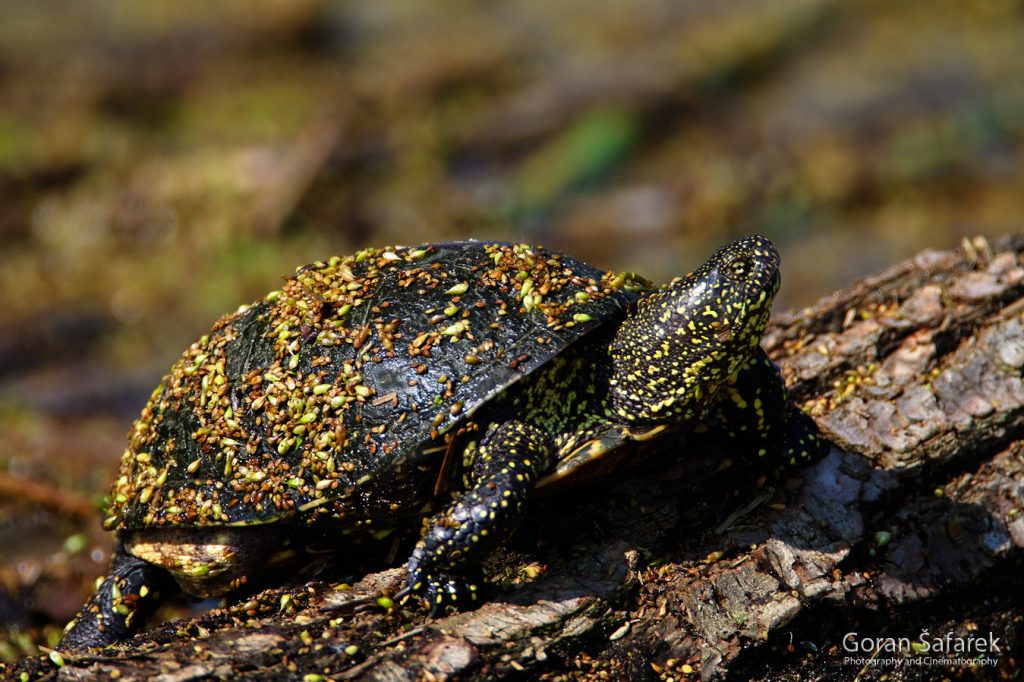
Technical measures within another habitat restoration project help on the other hand slowing down silting side-branches in Danube Drava National Park. A culvert has been constructed on the entrance of the oxbow that retains water in the floodplain, keeping crucial freshwater habitats alive.
Much of the Middle Danube is already protected. Kopački rit is a nature park with a Special Zoological Reserve as a core zone. National Park. Serbia has protected Gornje Podunavlje as a Special Nature Reserve. Hungary has declared Danube Drava National Park. Final proof of the extraordinary value of these rivers and floodplains is founding of the UNESCO Biosphere Reserve MDD, the largest of such kind in the world.
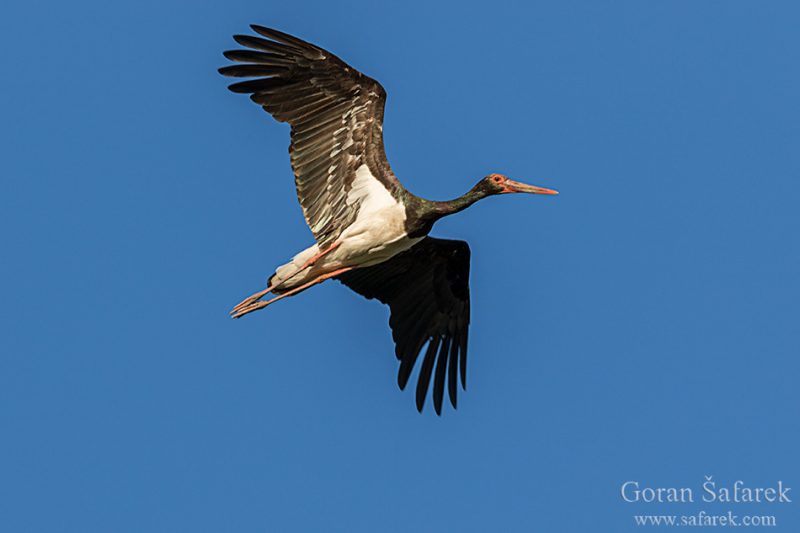
SUSTAINABLE DEVELOPEMENT OF THE DANUBE FLOODPLAIN
While ecosystem services such as natural flood defence or self purification of water are extremely important generally, local population also needs a viable economic use of floodplain based on a sustainable way.
Tourism is one option. Danube attracts more and more of tourists every year. Paddling is unique experience. Man feels almost helpless in the middle of the mighty river. Group lands on the sandy island, to explore surrounding and its wildlife specialized on sand. This is good chance for leaving foot tracks on the virgin sand. Swimming in Danube on a hot day is also a good idea.
Even better is entering one of Danube side-arms, enjoying the very heart of the wilderness. The peace and the silence reign here. Birds of prey can take off any moment from the tree or deer bolt out from the bush. Fishing also depends from healthy fish stock that in turn results from preserved floodplain. Fishermen know this for ages and their livelihood depends from the floodplain.
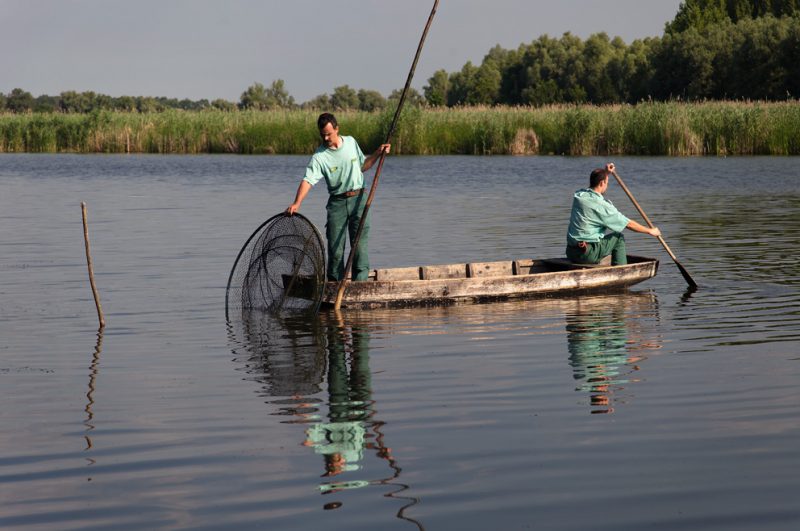
Extensive husbandry is also one of sustainable activities. We don’t need much pesticides and fertilizers that pollute the environment and are hazardous to human health. In Hungary, grey cattle was almost extinct, but today they are back. Grazing keeps the biodiversity of the grasslands by preventing the growth of the shrub.
Understanding of the processes in the floodplain is of crucial significance for the nature conservation and sustainable development. That’s why interpretation centres are so important. School children come to the White Stork Museum in Kölked, Hungary. Exhibition tells about stork species, their migrating routes and natural history. Children can learn also about nature values of Béda-Karapancsa region and water quality experiments.
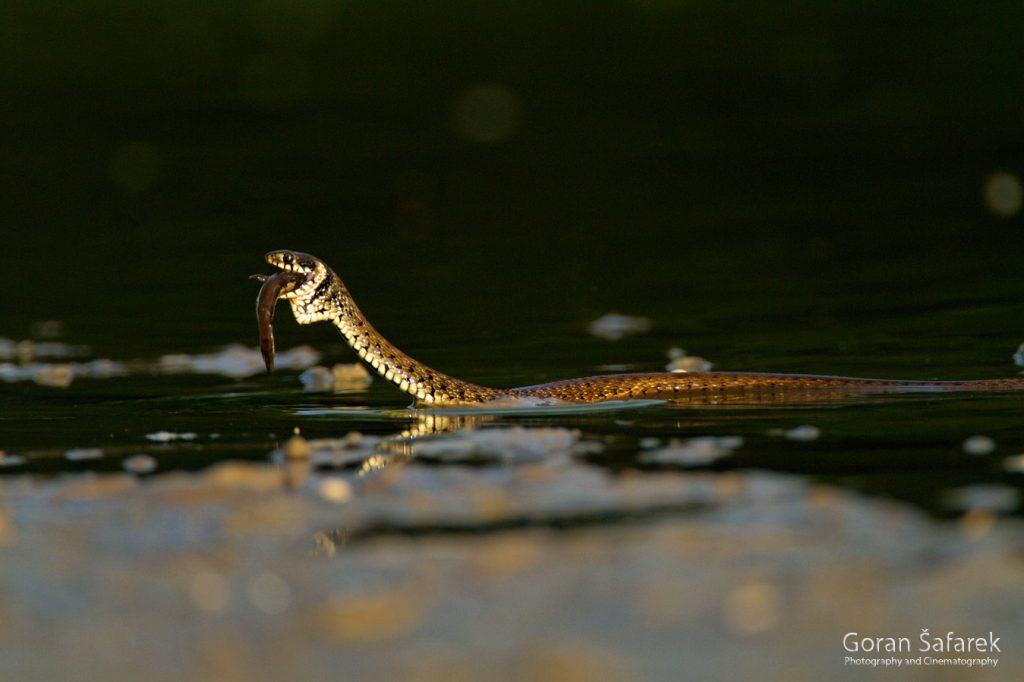
School children also visit Croatian Eco Centre Zlatna greda, deep in the forest of Kopački rit. For many, this is the first contact with the wilderness, but also with domesticated animals. They learn reading animal tracks and walk in the forest. They hey can learn about forest dwellers like deer and wild boar, amphibians and reptiles. Near the water children can encounter waterfowls, recognize tracks of the otters and find plants. They can also learn about the history and architecture of “puszta”, once isolated settlements of foresters. Today, Zlatna greda is protected as a cultural heritage. Numerous workshops will teach about waste recycling and honey production.
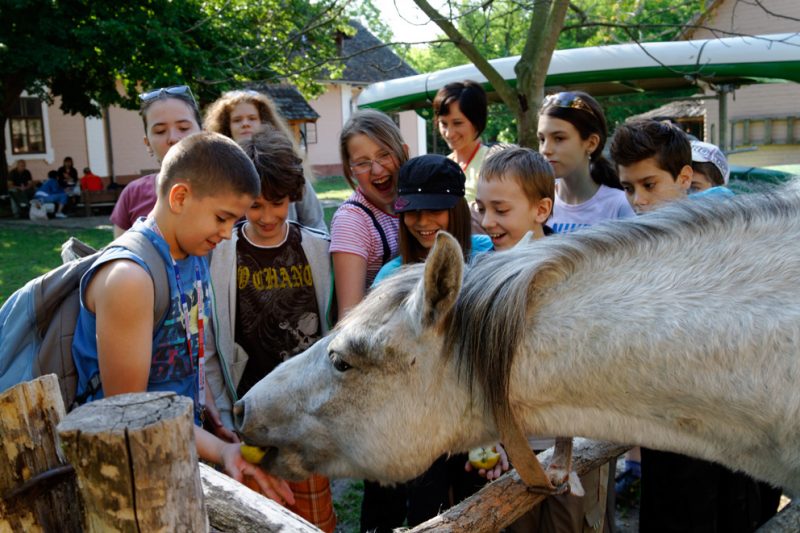
THE HOPE
Only with sustainable development both man and nature can survive. Planned management, based on state-of-the-art scientific facts, can proffer to us humans both quality and healthy life, while preserving the best of the nature.
